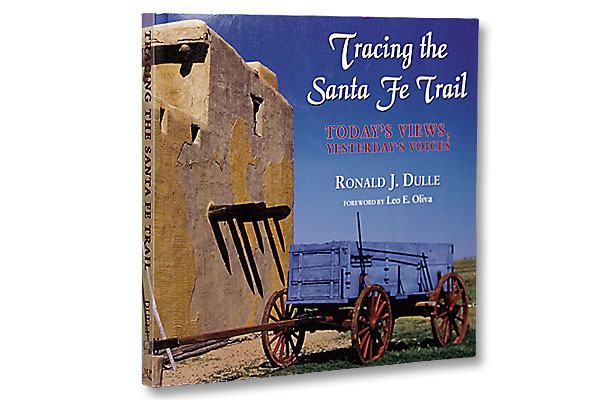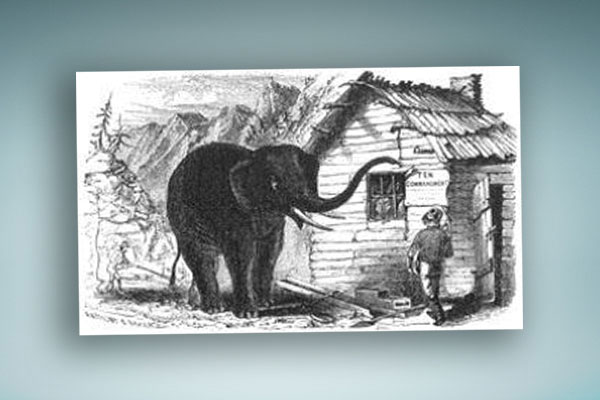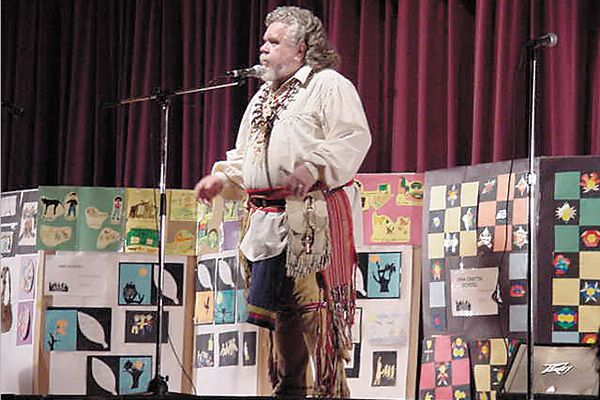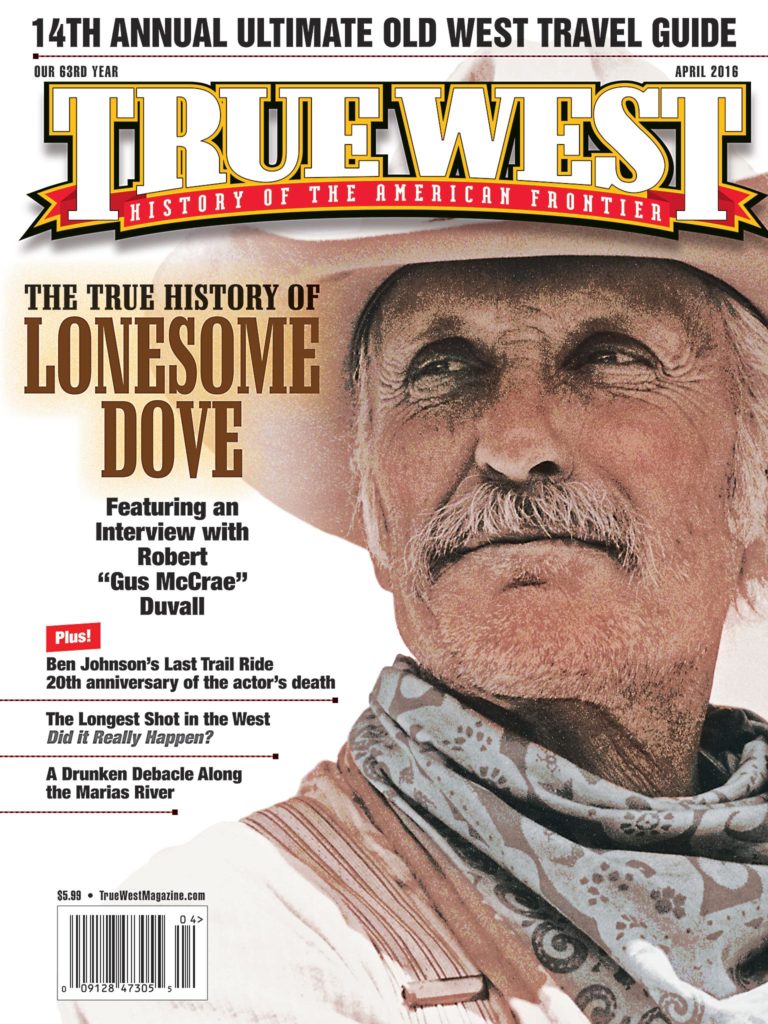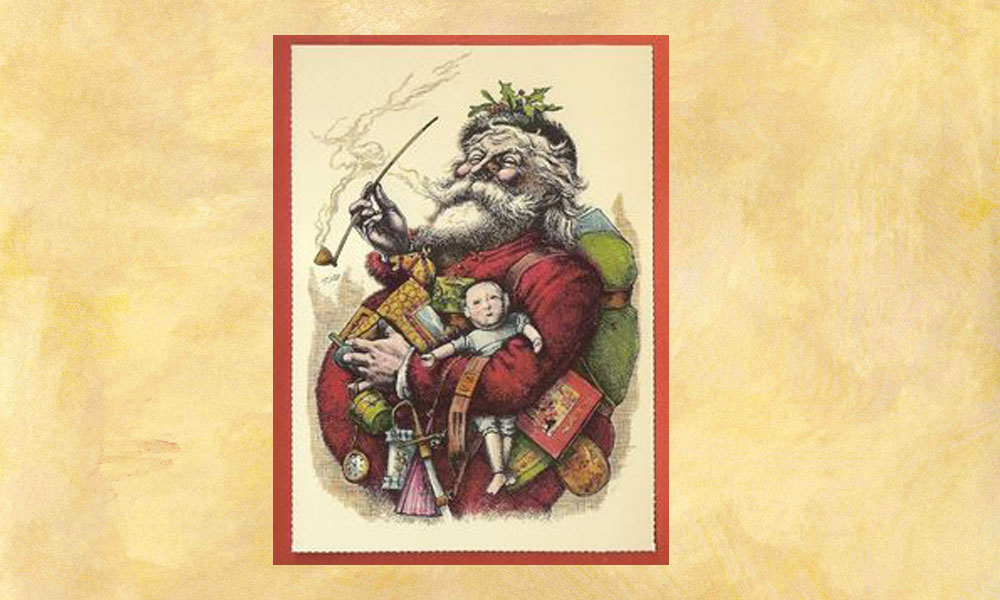
All were visualized by a man who immigrated to America in 1846 as a six-year-old boy from Bavaria. Thomas Nast became a political cartoonist for Harper’s Weekly and is remembered as the founding father of political cartooning. He also greatly influenced how America saw itself and his view survives to this day. In 1863, Nast designed the Santa we know to this day—the chubby “happy little elf” –in contrast to the Saint Nicholas who was popular at the time. He created the cartoon as a way to cheer up Northern soldiers who had suffered a series of losses in the Civil War. The Santa he drew was at a Union Army camp, clad in stars and stripes and handing out toys to bemused soldiers. Later, he’d put his Santa in a red suit because he thought it a more striking color for the children’s books he was illustrating. Nast popularize the donkey as the Democratic symbol in the 1870s. It had first referred to Andrew Jackson in the 1828 presidential election—called a “jackass” as an insult, Jackson embraced the animal as persistent, loyal and able to carry a heavy load. But it was Nast’s cartoons that made it stand for an entire political party. Then he invented the elephant to symbolize Republicans in 1874. In that cartoon, Nast drew a donkey in a lion’s sky that was scaring away other animals at a zoo. The elephant he labeled, “The Republican Vote,” and it stuck.


